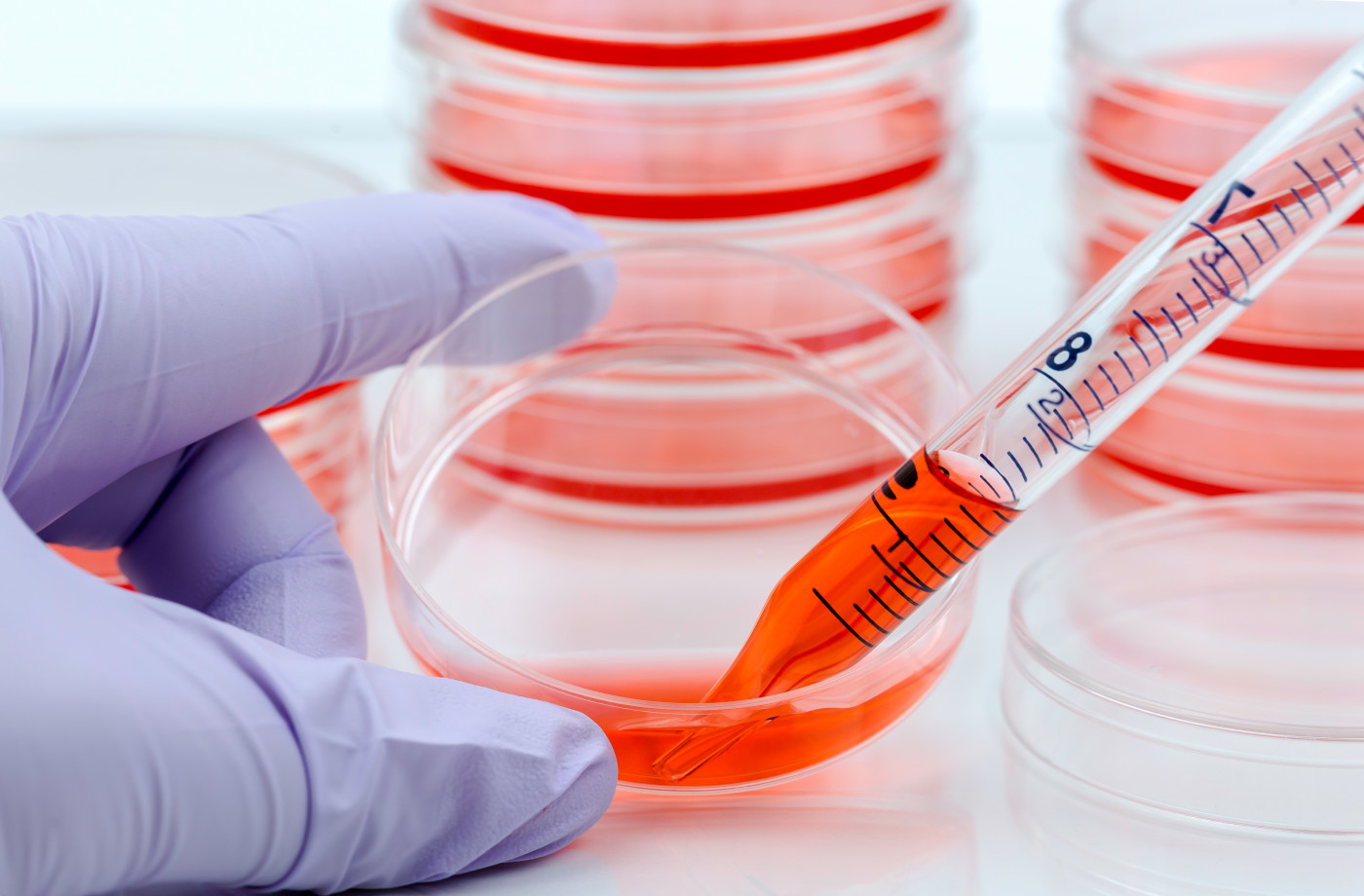Adempas May Improve Endothelial Cells’ Function in CTEPH, Study Suggests

The vasodilator Adempas (riociguat) increases the ability of endothelial progenitor cells to halt vascular remodeling and enhance formation of new blood vessels in chronic thromboembolic pulmonary hypertension (CTEPH), according to a new in vitro (in the lab) study.
This may be particularly helpful for CTEPH patients who cannot undergo surgery to remove blood clots from lung blood vessels — a procedure called pulmonary endarterectomy (PEA).
The study, “Protective role of endothelial progenitor cells stimulated by riociguat in chronic thromboembolic pulmonary hypertension,” was published in the International Journal of Cardiology.
The main cause of CTEPH is blood clotting in the lungs, similar to what is seen in pulmonary arterial hypertension (PAH). Therapies for both diseases promote vasodilation (widening of blood vessels so more blood can flow to the lungs). One of these therapies is Adempas, marketed by Bayer.
Both diseases also are characterized by extensive vascular remodeling, in which endothelial cells (those lining blood vessels) play a key role.
However, the effect of vasodilators, such as Adempas, in endothelial cells’ activity remains unknown.
Discuss the latest research in the Pulmonary Hypertension News forums!
A team of researchers in Japan investigated the impact of Adempas in endothelial progenitor cells (EPCs) found in bone marrow and blood circulation. These are the progenitor cells that give rise to the fully functional endothelial cells. EPCs respond to damage in blood vessels, and mediate new blood vessel formation and repair.
The team studied the effects of EPCs on endothelial function in two groups of CTEPH patients: one treatment naïve (no treatment, 16 patients); and the other having been treated with Adempas (14 patients).
Researchers collected blood samples from each patient, and isolated the EPCs.
Results showed that those who had been treated with Adempas had significantly higher numbers of EPCs, compared to those in the treatment naïve group. However, researchers saw no correlation between an increased number of EPCs and patients’ clinical parameters.
Analysis of genes linked with blood vessel formation (a process called angiogenesis) revealed that EPCs from Adempas-treated patients had increased levels of genes that participate in angiogenesis — including the VEGFC and PDGFA genes — compared to naïve patients.
“Riociguat may partially restore the angiogenic ability of EPCs in CTEPH patients,” researchers said.
Researchers then assessed the effects of Adempas in EPCs when they were cultured together with human pulmonary microvascular endothelial cells (those lining the pulmonary vasculature). They saw that Adempas improved some EPC-stimulated functions of endothelial cells.
Overall, the “findings indicate that riociguat may induce EPCs to play a protective role via modulation of endothelial functions associated with CTEPH,” researchers said.
“EPCs of patients who undergo riociguat treatment may play a vital role in alleviating CTEPH by preventing vascular remodeling via the stimulation of angiogenesis, especially in patients without indication for PEA or with persisting PH following PEA, who tend to have a greater chance of developing small vessel disease,” the team said.







